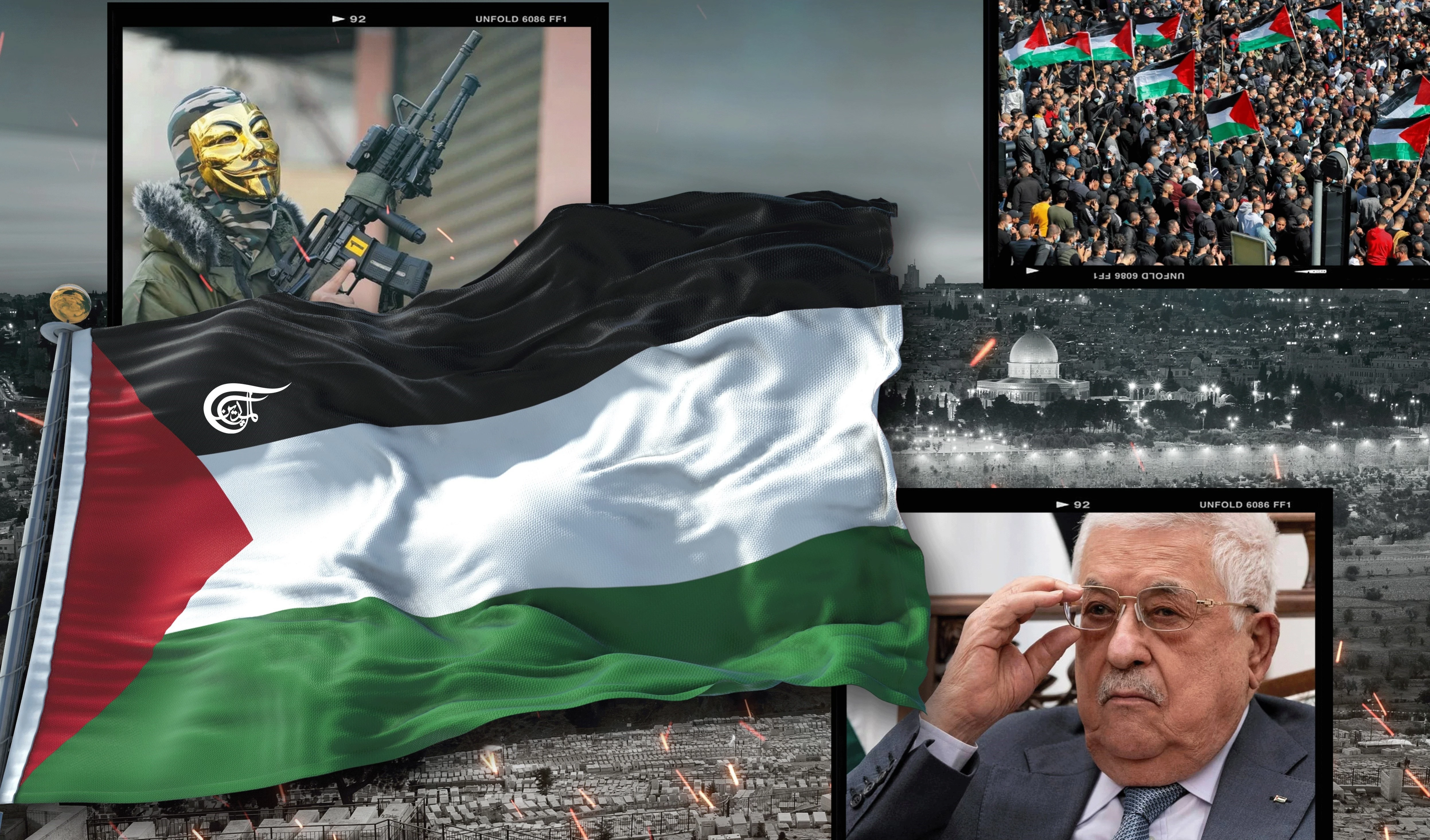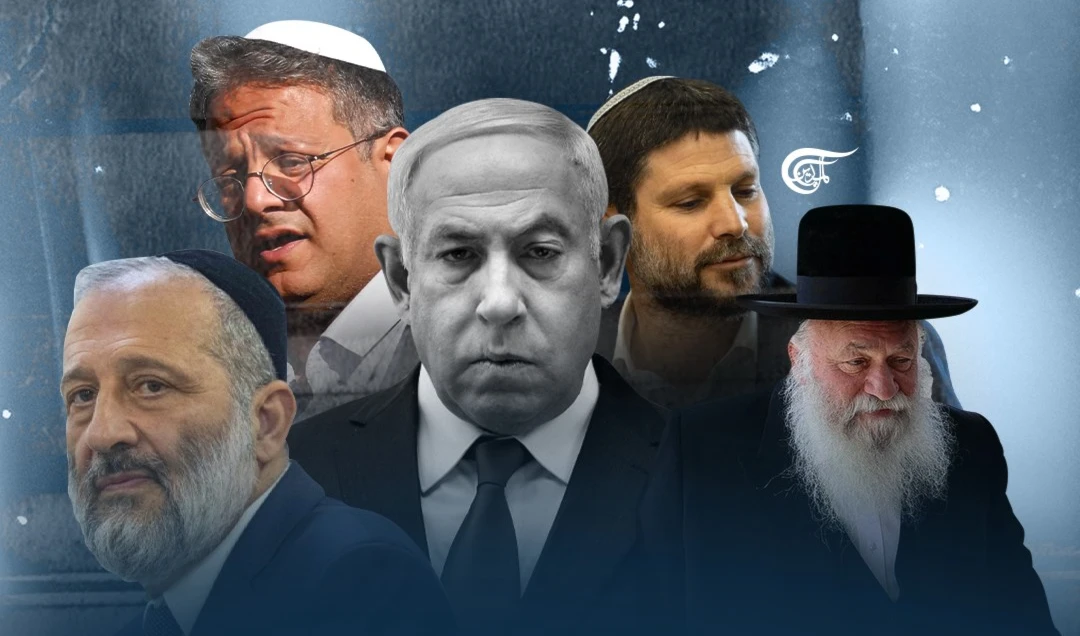Good news from Columbia: USA’s last stronghold in Latin America is crumbling
Petro is likely to gain from the political developments in neighboring Brazil, where the popularity of the extreme-rightist President, Bolsonaro, has severely declined.
-

Good news from Columbia: USA’s last stronghold in Latin America is crumbling
Gustavo Petro won the first round of presidential elections in Colombia. The leftist, ex-guerrilla fighter, and former Bogota mayor won 40% of the votes. 2nd came to the populist (Trump-like) businessman Rodolfo Hernández, who had almost 28%. In third place came Federico Gutierrez, the conservative candidate of the traditional right, with 24%. In three weeks' time, the second round will be held between the two leading candidates.
It is the first time in Colombia’s recent history that a leftist candidate is leading in the race for the presidency. If Petro eventually wins, it will be a turning point in the country’s political life, with implications all over the South American continent.
The left’s rise in Colombia actually began in 2019 when a wave of popular demonstrations protesting the assassinations of activists and the conditions of health, education, and pensions, erupted. More demonstrations took place early last year in a violent manner, leading to the death of 40 people and the arrest of thousands. Those were indications that Colombians were fed up with the ruling right-wing regime and looking for a change.
Historical background
For decades, Colombia has been USA’s stronghold in Latin America. With the principal goal of keeping it away from the revolutionary leftist wave and curbing the national – Bolivarian “threat” in the 1960s, the US established a four-pillars policy in Columbia. First was the Army. It was essential to keep it under tight control. All the high–ranking officers of the Columbian army, top commanders, and security cadres were trained in West Point and other American military academies including the infamous School of the Americas (SOA).
Counterinsurgency became the military doctrine of the Columbian army which enjoyed the full backing of the USA (billions of dollars were budgeted as “aid” to Columbia’s army) and was able to effectively fight the Guevara-inspired guerilla fighters. However, the Arny alone was not enough. Considering the widespread public support of the leftist fighters in the countryside and rural areas, another force was needed that can battle the revolutionaries in remote villages and jungles. Hence the creation of armed groups operating in the style of Paramilitaries.
These paramilitary groups, masked and fascist-like, were operating completely out of any accountability and were doing the “dirty work” for the army: brutality and out-of-the-law killings, and mass murders in the social sphere of the leftist national movements. The ongoing relationship between state forces and the paramilitaries was documented in February 2010 study by Human Rights Watch. The third pillar was Drug Lords.
Although it’s hard to find concrete evidence linking the US to the all-powerful drug lords of Columbia, it’s no secret that top leaders from the US-backed Columbian army were complicit in the drugs business which was a major source of income, needed to cover the expenses of paramilitaries and covert operations. Finally, the right-wing Governments were needed as cover and political face of the whole system. It wasn’t difficult for the US to gather political opportunists, corrupt politicians, and businessmen to form one government after the other, basically of the same color, for over sixty years. That was, in essence, the set–up that America created in Columbia.
What’s Next
The battle isn’t over yet. Actually, the hard part is still to come. The second round will likely be a real war. The right-wing in Colombia will not give up and will fight to the wire. The US isn’t going to let Colombia slip away from its influence and will do everything it can to deny Petro a victory. To the US, it will be a nightmare to see Colombia join the other Latin American countries under the democratic left rule. Colombia was for long considered immune against the Latino Pan Bolivarian nationalism. The US will certainly rally all its long-time allies and puppets in the Colombian parties, political system, and media behind Hernández. The business sector will play a key role in the anti-Petro campaign.
On the other side, the leftist parties in Colombia have a historical opportunity to seize power and turn things around. They have to build on the momentum of Petro’s remarkable success in the first round. Petro’s social program, anti-corruption stance, and appeal to radical change will be his rallying call. His partner in the presidential ticket, human rights activist Francia Marquez, is likely to boost his chances, being a young woman and an Afro-Colombian who could for the first time become a vice president.
Petro is likely to gain from the political developments in neighboring Brazil, where the popularity of the extreme-rightist President, Bolsonaro, has severely declined. Latest polls in Brazil, just a few days ago, give Lula, the leftist former president, a 48% lead, compared to 27% for Bolsonaro. Brazil’s elections are scheduled for October this year.
June 19th, the second round’s date, will be the day to watch.

 Hussam AbdelKareem
Hussam AbdelKareem
 5 Min Read
5 Min Read











